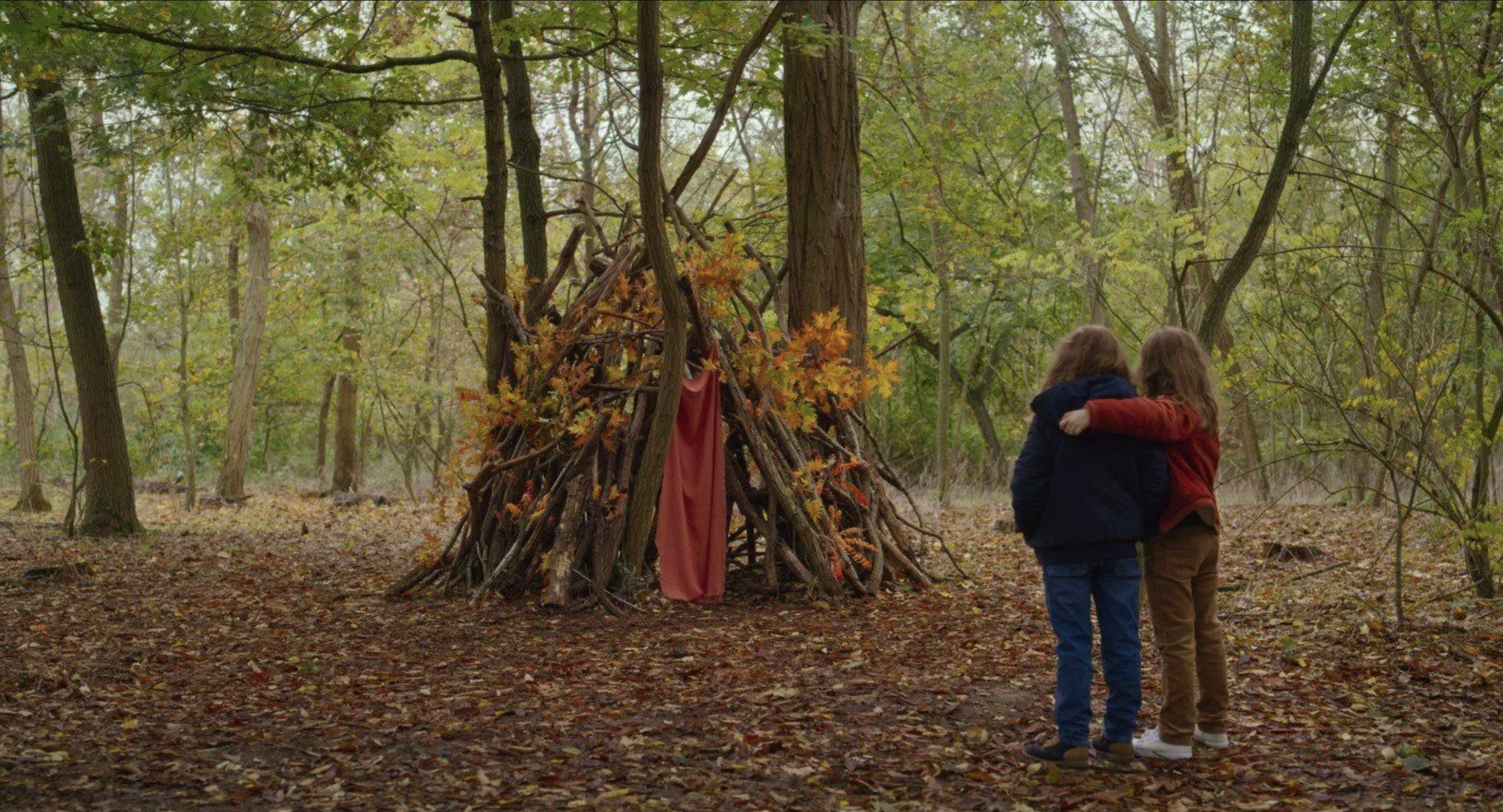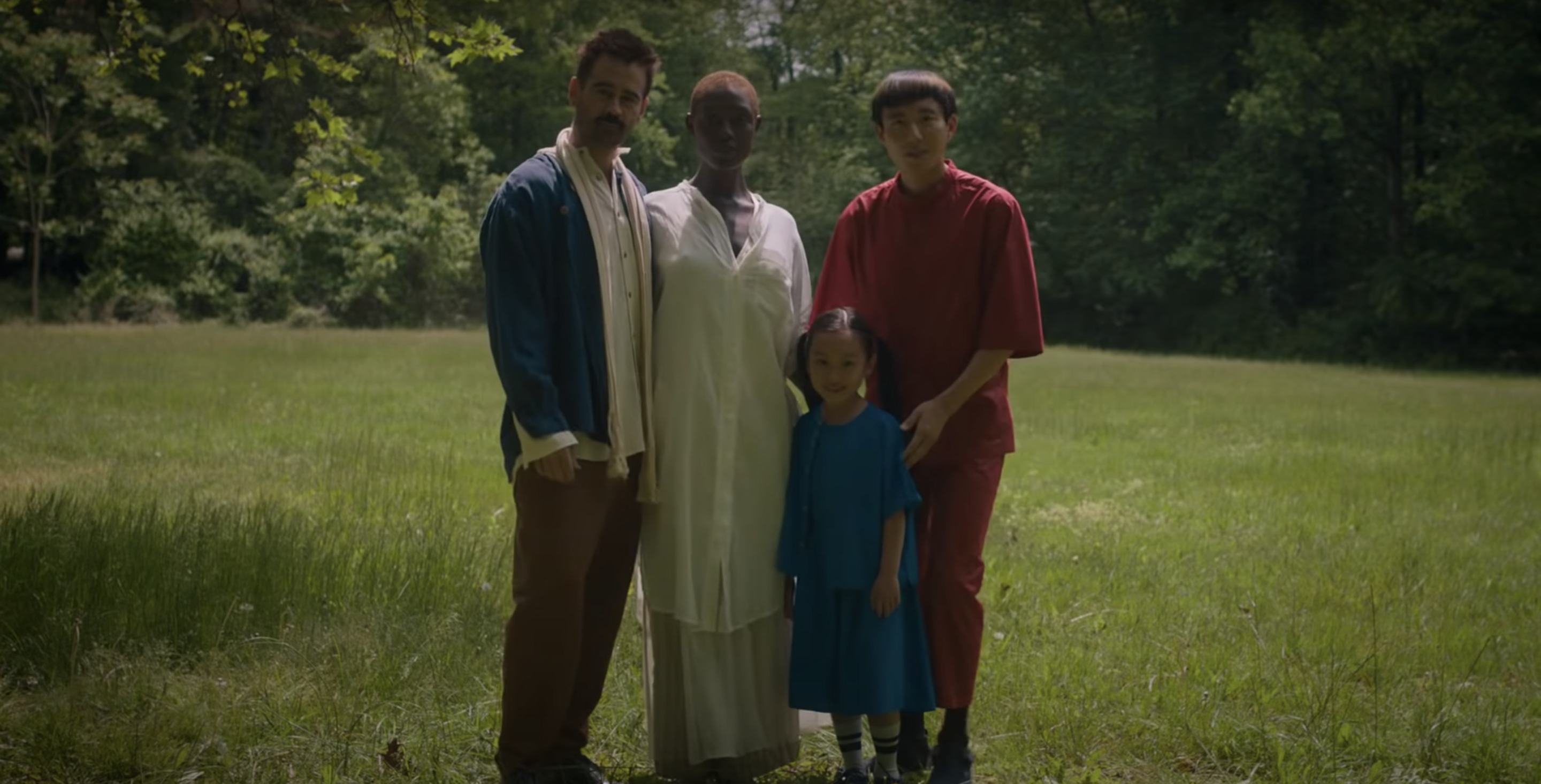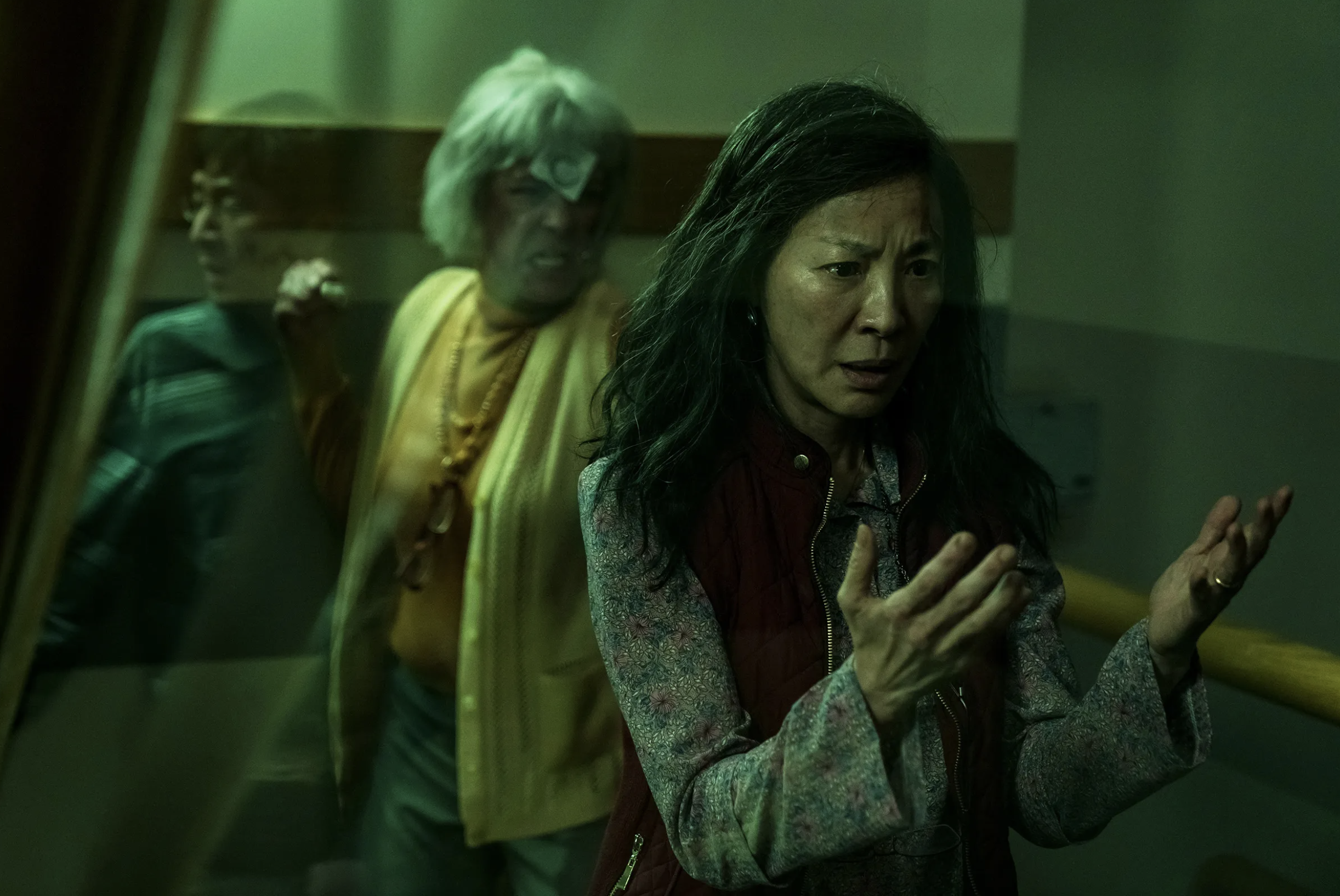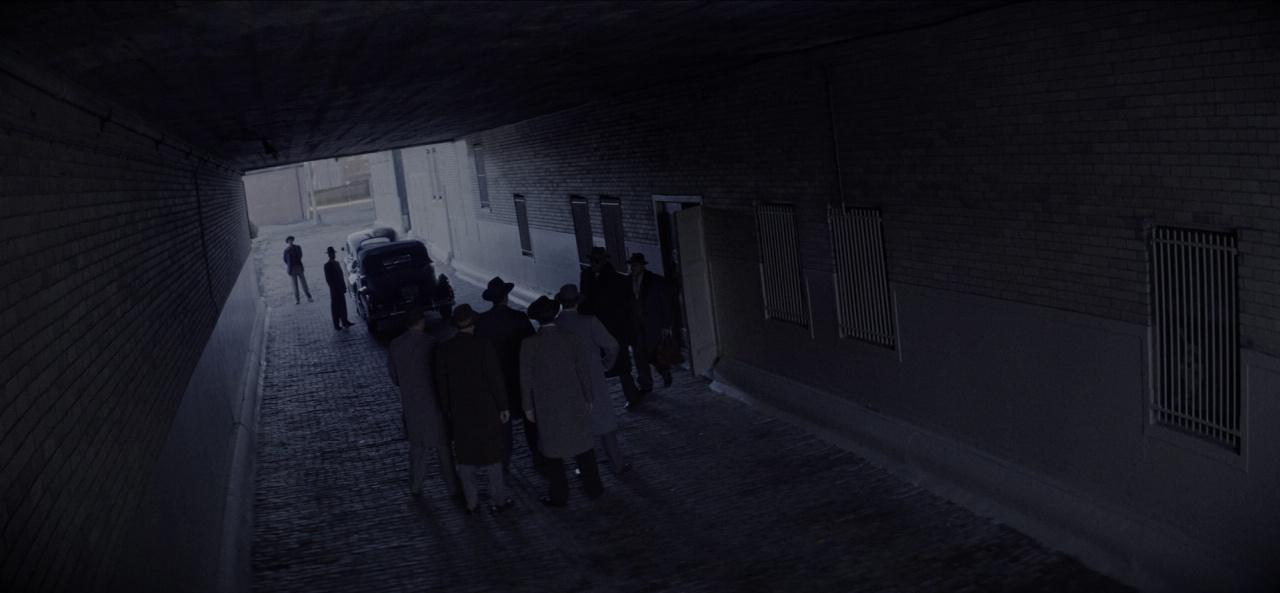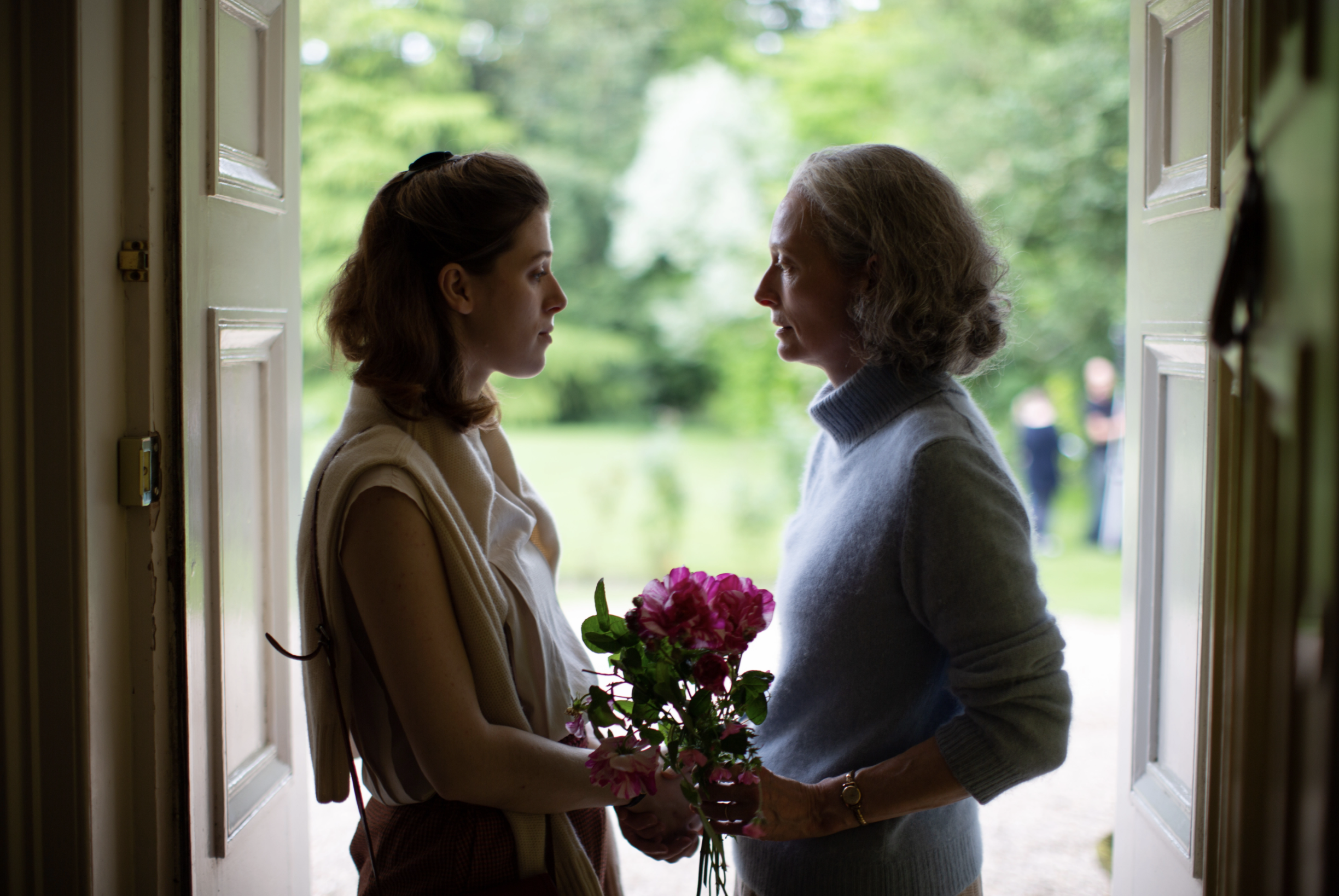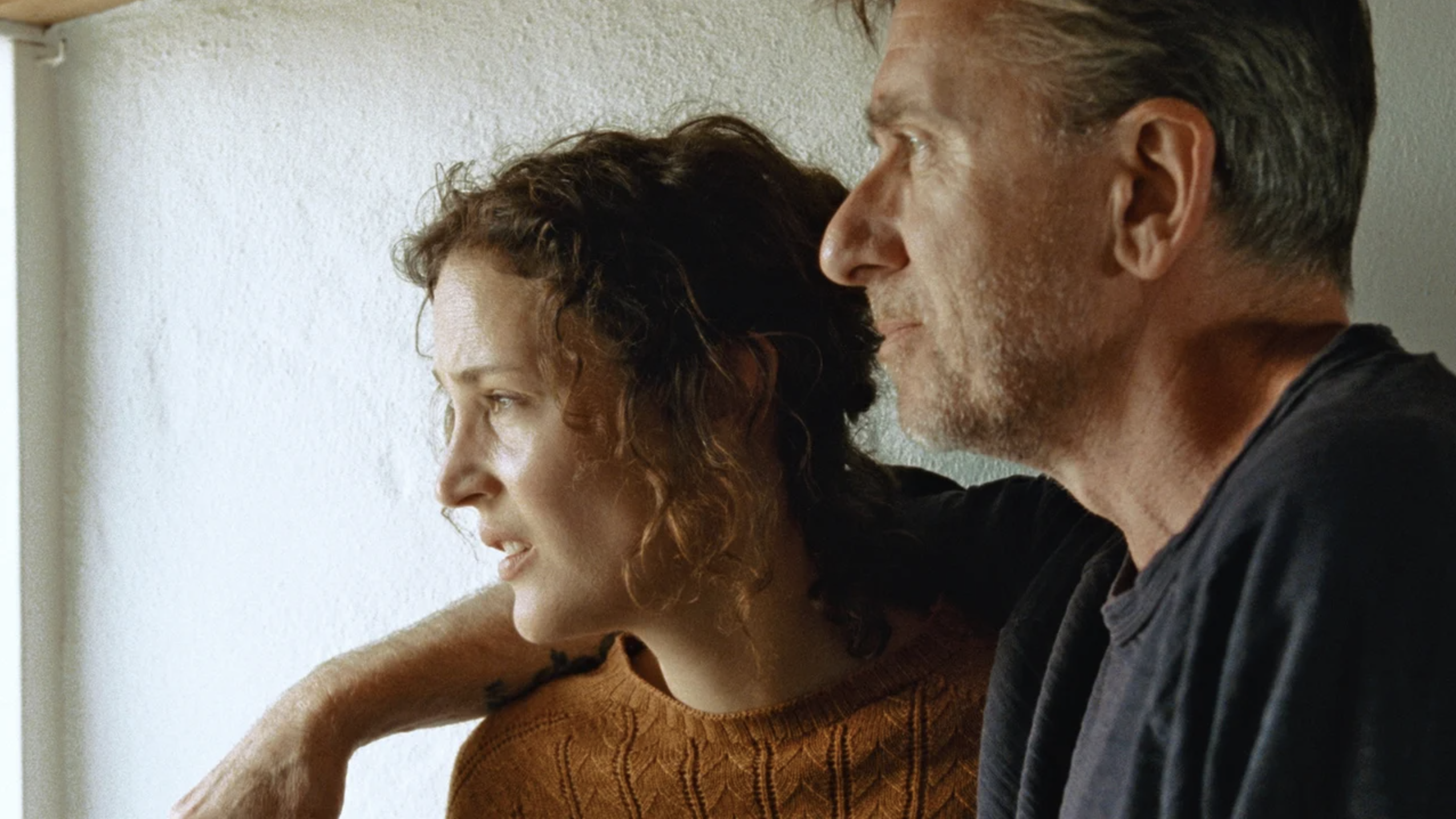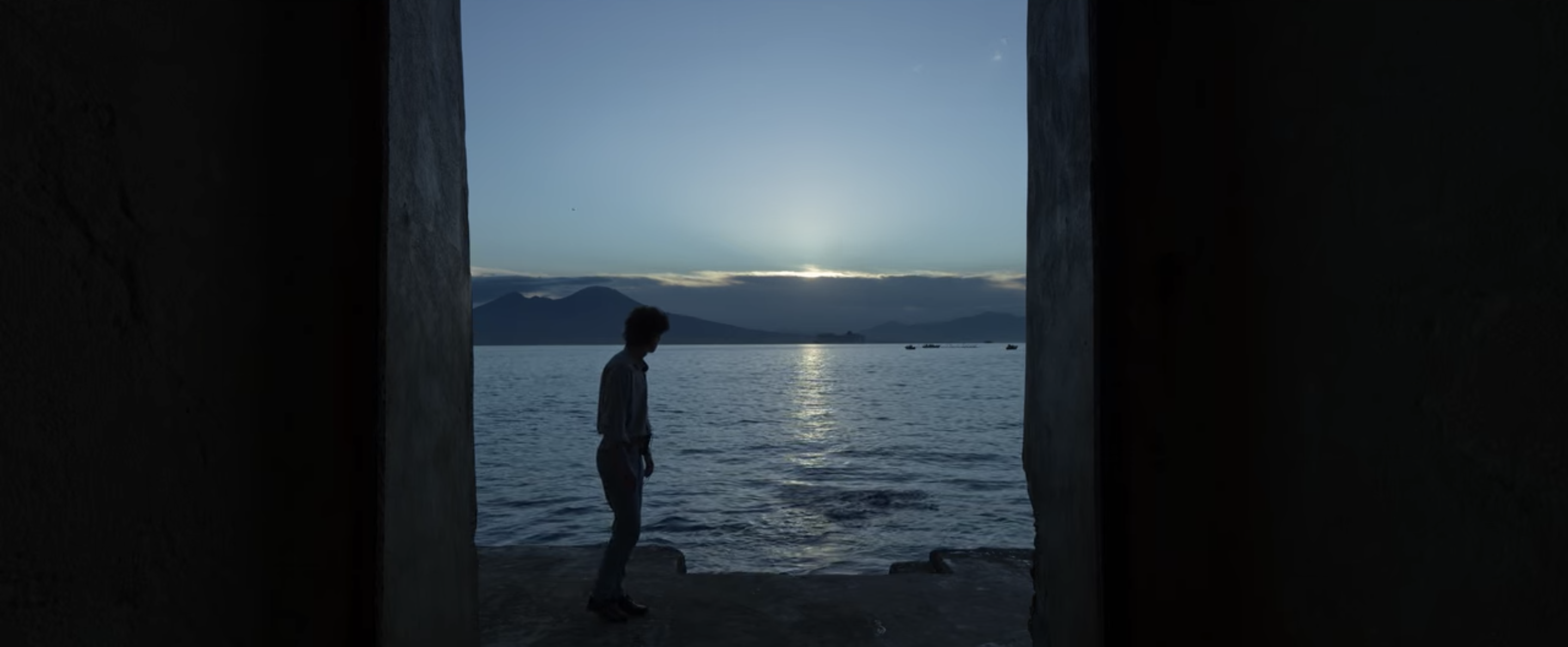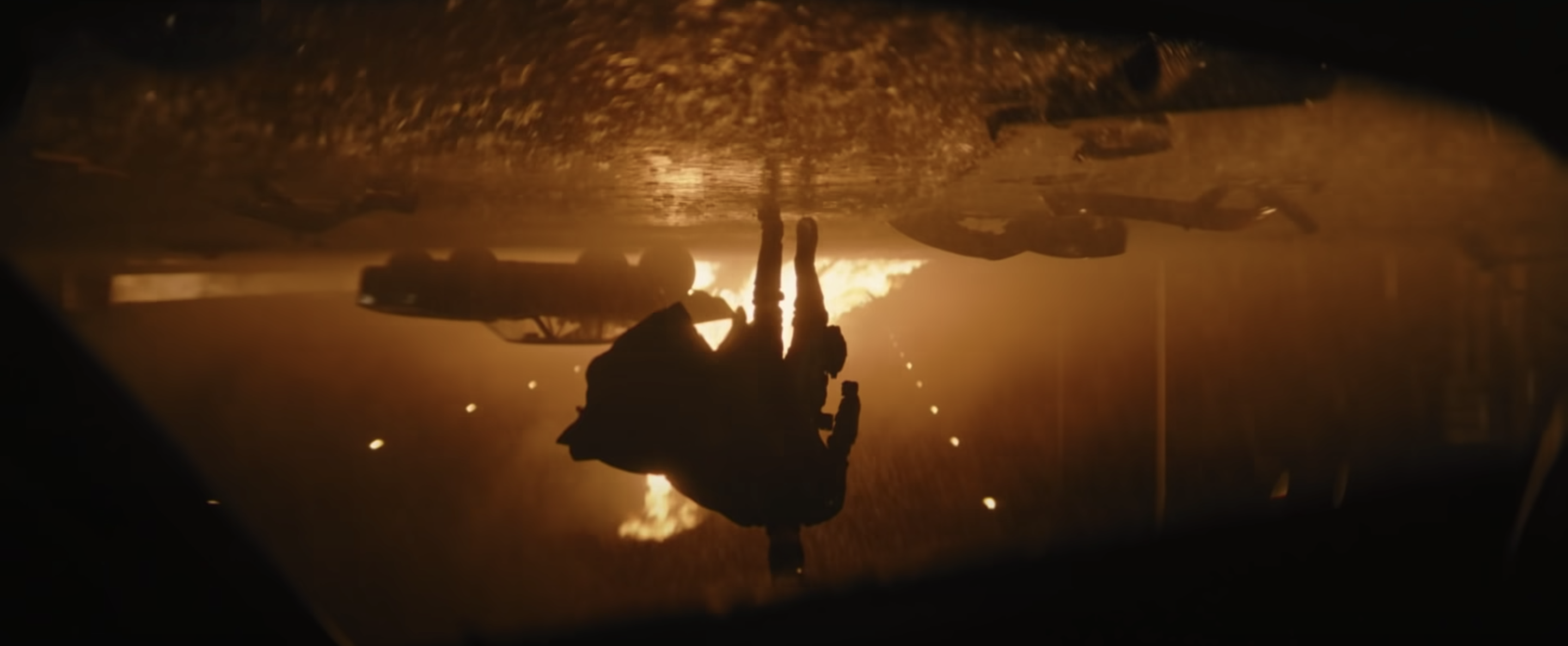Petite Maman (2021)
There is great value in the parent-child relationship depicted in Petite Maman, but Céline Sciamma also recognises it does not need to be restricted to those rigid roles either, playing out a fantastical wish fulfilment of a young girl meeting her mother at the same age and together revelling in childhood, sharing the joys and pains that come with seeing one’s past and future.

